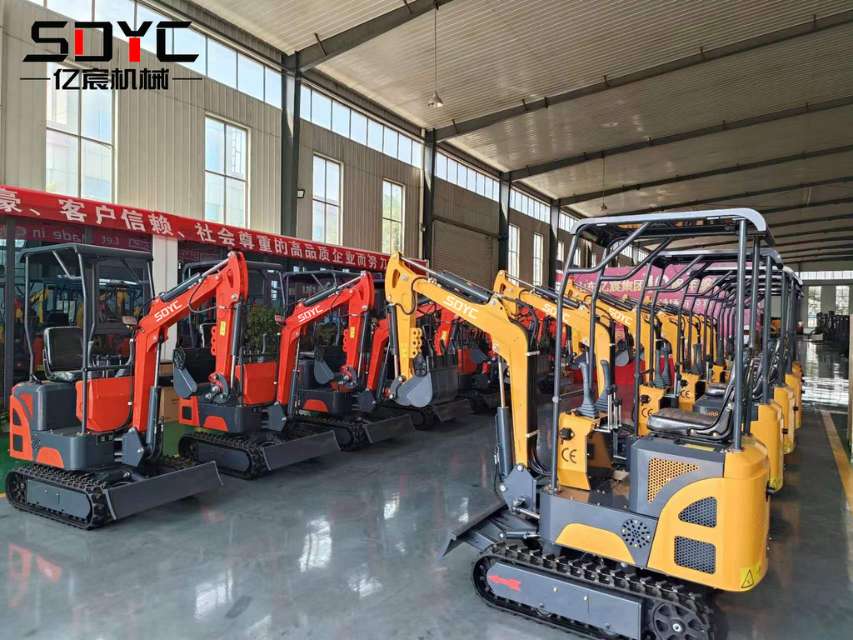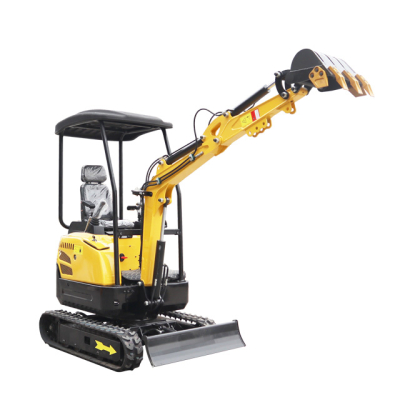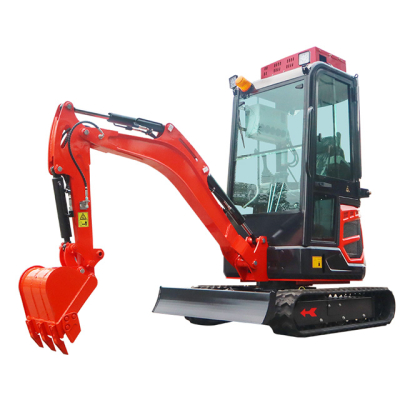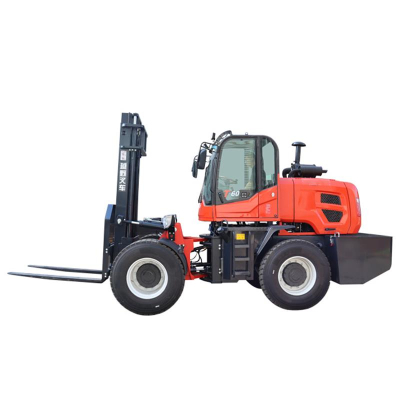Routine Maintenance and Precautions for Excavators
Routine maintenance and precautions for excavators are critical to ensure proper operation of the equipment, extend service life, and ensure operator safety. The following are some detailed routine maintenance steps and precautions:
1. Pre-start-up inspection
Appearance check: Check the overall appearance of the excavator, including any obvious damage, leaks or loose parts.
Oil Check: Check the engine oil level to ensure that it is within the normal range. If the oil is found to be dirty or with impurities, it should be replaced promptly.
Coolant Check: Check the level of the cooling system to ensure that the coolant is sufficient and there are no leaks.
Fuel check: check the fuel level in the fuel tank to ensure there is enough fuel for operation.
Hydraulic oil check: check the oil level and colour of the hydraulic oil to ensure that there is no leakage in the hydraulic system.
2. Inspection after starting
Instrument panel check: After starting, check whether all the instruments are working properly and note any abnormal indicator lights.
Listen to the sound: after starting, listen carefully to the sound of the engine and other components to make sure there is no abnormal noise.
Check joystick and pedals: Make sure all joysticks and pedals operate flexibly and are not stuck.
3. Lubrication and Maintenance
Lubrication point inspection: Regularly lubricate all lubrication points according to the manufacturer's
recommendations, especially critical parts such as pins and connecting rods.
Filter Replacement: Replace air, oil and fuel filters regularly, usually every 500 hours.
Hydraulic filter: replace the hydraulic filter regularly, usually every 500 hours.
4. Cooling system maintenance
Radiator Cleaning: Clean dust and debris from the radiator regularly to ensure good heat dissipation.
Coolant replacement: replace the coolant regularly according to the manufacturer's recommendation, usually every two years or 5000 hours.
5. Electrical system check
Battery check: Check the voltage and electrolyte level of the battery to ensure that the battery is firmly connected and free of corrosion.
Wires and connectors: Check wires and connectors for wear and tear or looseness and make sure all electrical connections are reliable.
6. Track and travelling system check
Track Tension: Check the tension of the tracks to ensure that they are not too loose or too tight.
Track Plate Inspection: Check the track plate for cracks or damage and replace the damaged track plate in time.
Driving wheel and carrier wheel: check the driving wheel, carrier wheel and supporting wheel for wear or damage.
7. Working device inspection
Bucket and Bucket Bar: Check the bucket and bucket bar for cracks or wear and make sure all pins and lubrication points are adequately lubricated.
Connecting rods and pins: Check connecting rods and pins for wear or looseness and tighten or replace as necessary.
8. Operator's Room and Safety Equipment Inspection
Operator's compartment cleanliness: Keep the interior of the operator's compartment clean and make sure that gauges and control panels are clearly visible.
Seat belts and seats: Check that seat belts are in good condition and that seats are comfortable and securely fastened.
Glass and mirrors: Check that front and rear windscreens and mirrors are clean and free of cracks.
9. Records and Reports
Maintenance Records: Record the time, content and results of each maintenance to track the status of the equipment.
Fault Reporting: Record and report any abnormalities found to the maintenance personnel.
10. Regular Professional Maintenance
Regular Inspection: Conduct regular professional and comprehensive inspection and maintenance according to the manufacturer's recommendations.
Maintenance plan: Make a detailed maintenance plan and strictly follow it.
Precautions
Follow the operating manual: Always follow the manufacturer's operating manual and maintenance instructions.
Use Genuine Parts: Use genuine or certified parts and lubricants to ensure optimum performance of the equipment.
Train Operators: Ensure that operators are properly trained on the operation and maintenance requirements of the equipment.
Safety first: Before carrying out any maintenance work, make sure the equipment is switched off and take the necessary safety measures, such as placing warning signs and lockout switches.
By following these daily maintenance steps and precautions, you can effectively reduce the failure rate of your excavator, improve efficiency, extend the service life of your equipment, and protect the safety of your operators.





